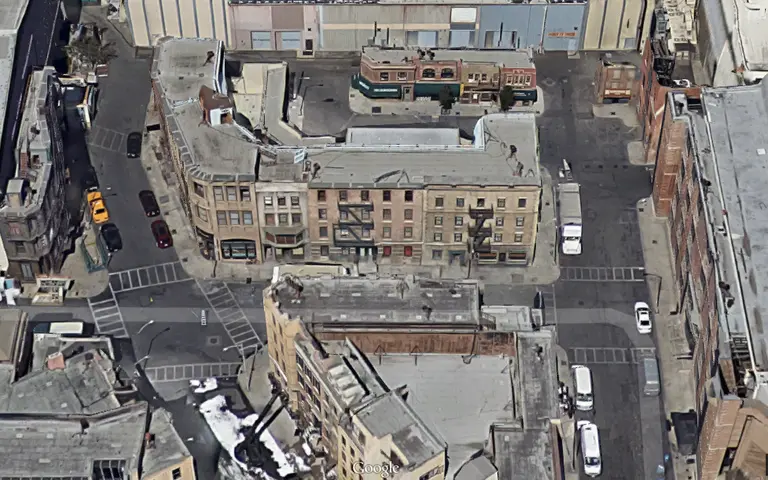July 1, 2015
We know New York City is ridiculously expensive, but what about its property values? Because of the city's confusing "market value" system, true property values are often grossly underestimated. To provide a more accurate look, the data buffs over at Metrocosm have put together these visually telling cartograms of real property values in NYC, substituting land area for total property value. The maps not only compare values in New York with those throughout the rest of the country, but they also look at how property values are concentrated within the five boroughs.
The data reveals some striking facts. New York City makes up a whopping 5 percent of the nation's property value, coming in at $1.5 trillion. When you single out Manhattan's $733 billion, it could be the 14th most valuable state in the country. The Upper East Side, which occupies less than one square mile, has $96 billion in housing value–more than entire states like New Hampshire, North Dakota, South Dakota, Vermont, Wyoming and Alaska.
More findings, maps, and graphs ahead

 Know of something cool happening in New York? Let us know:
Know of something cool happening in New York? Let us know: